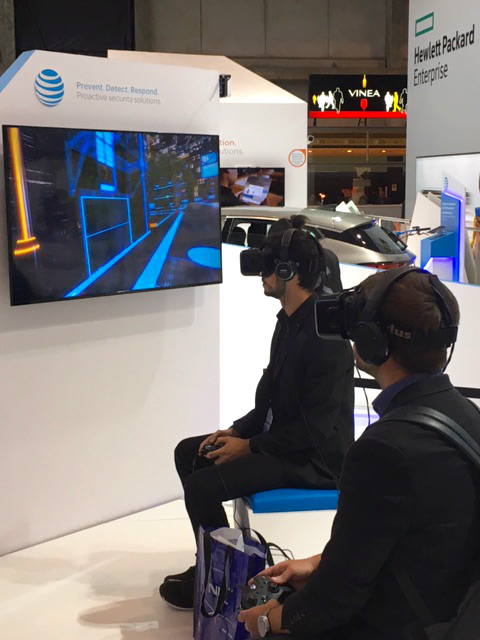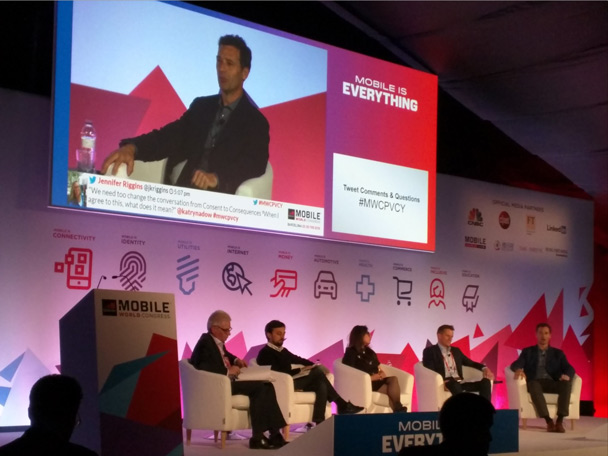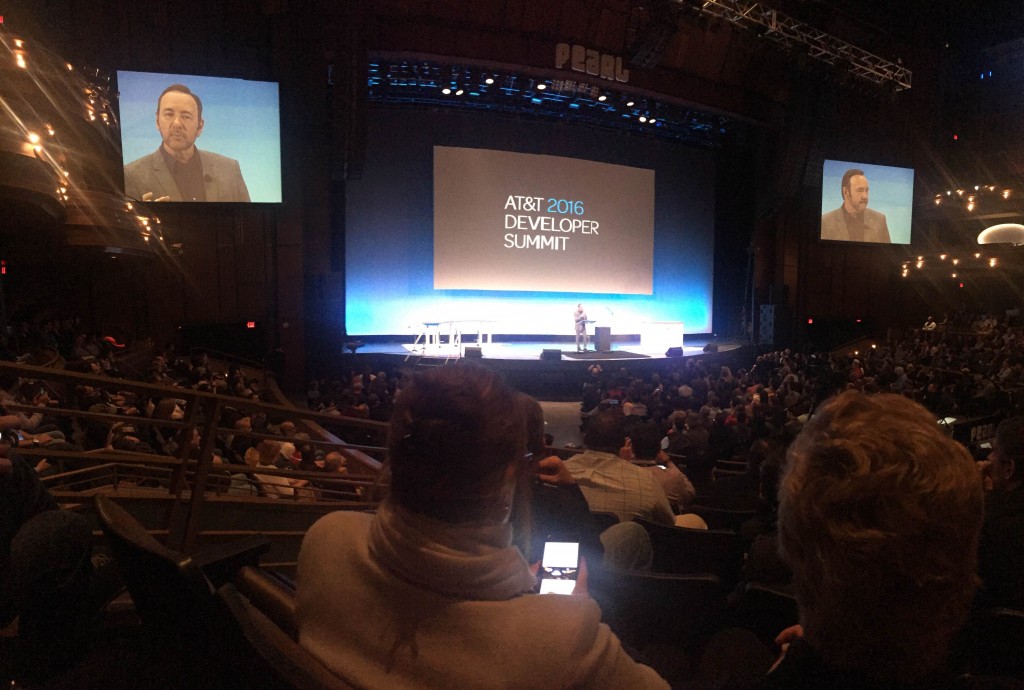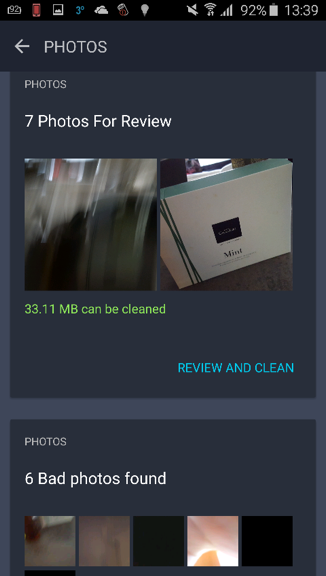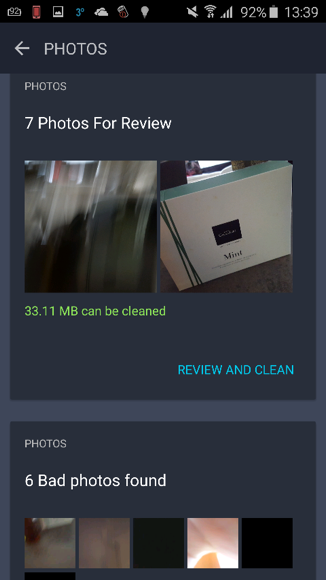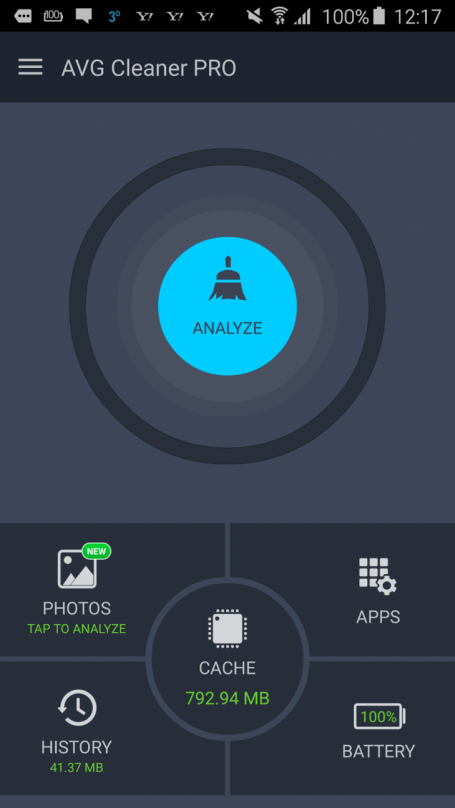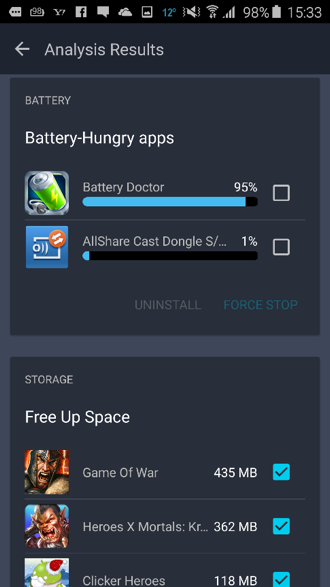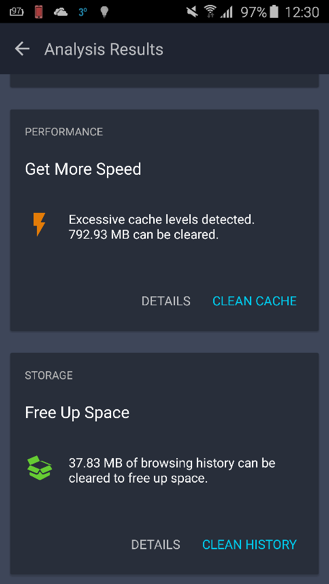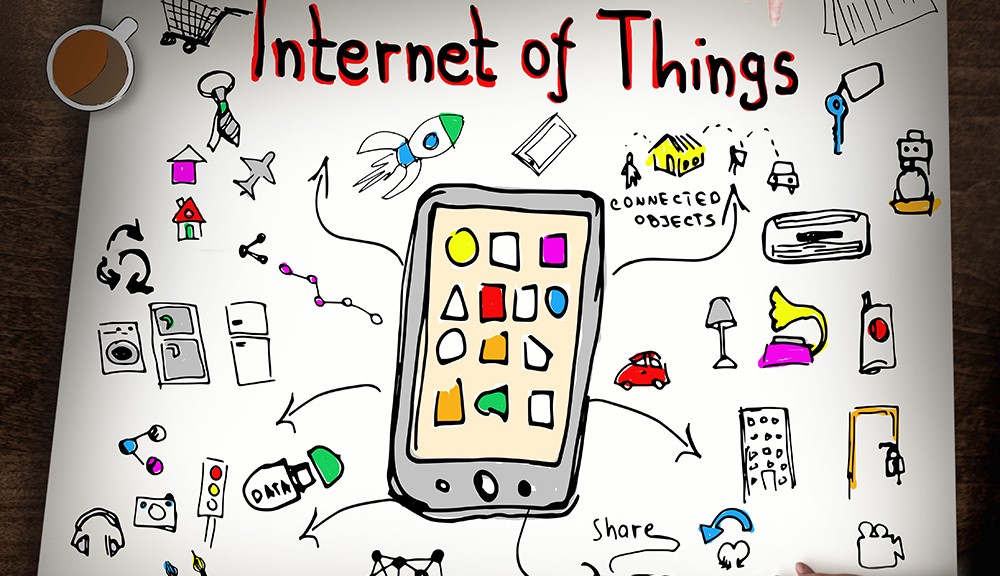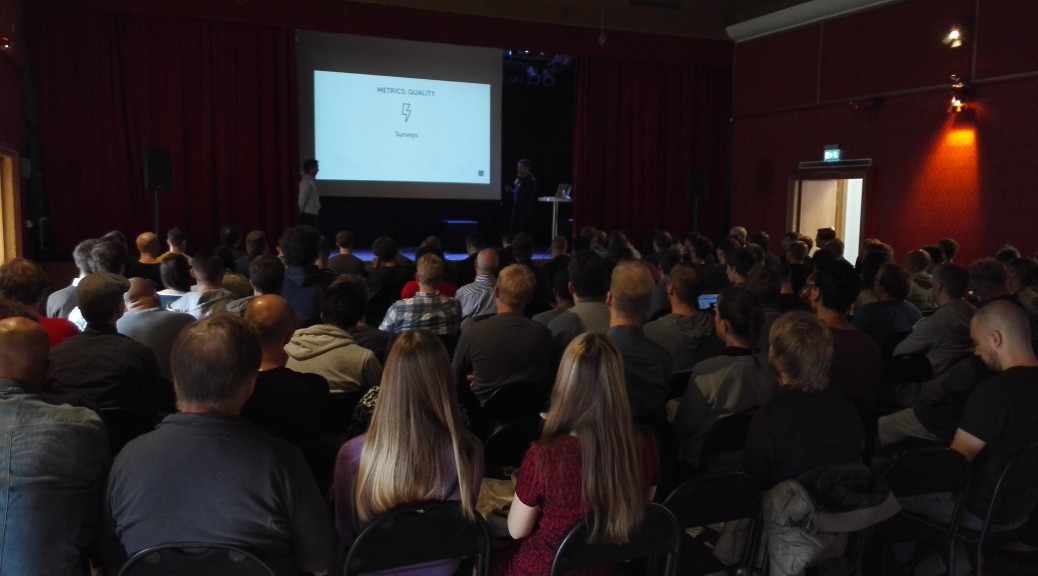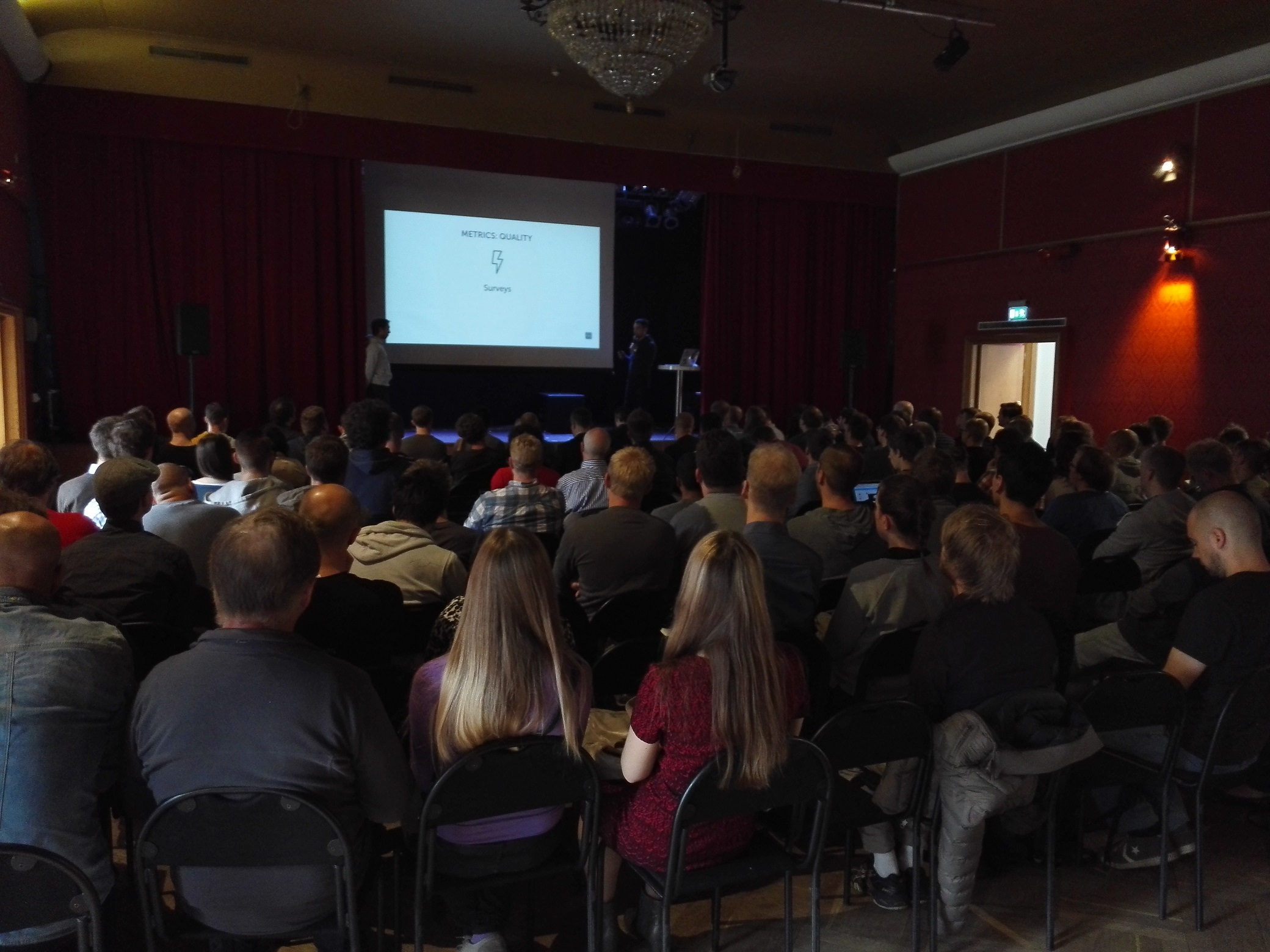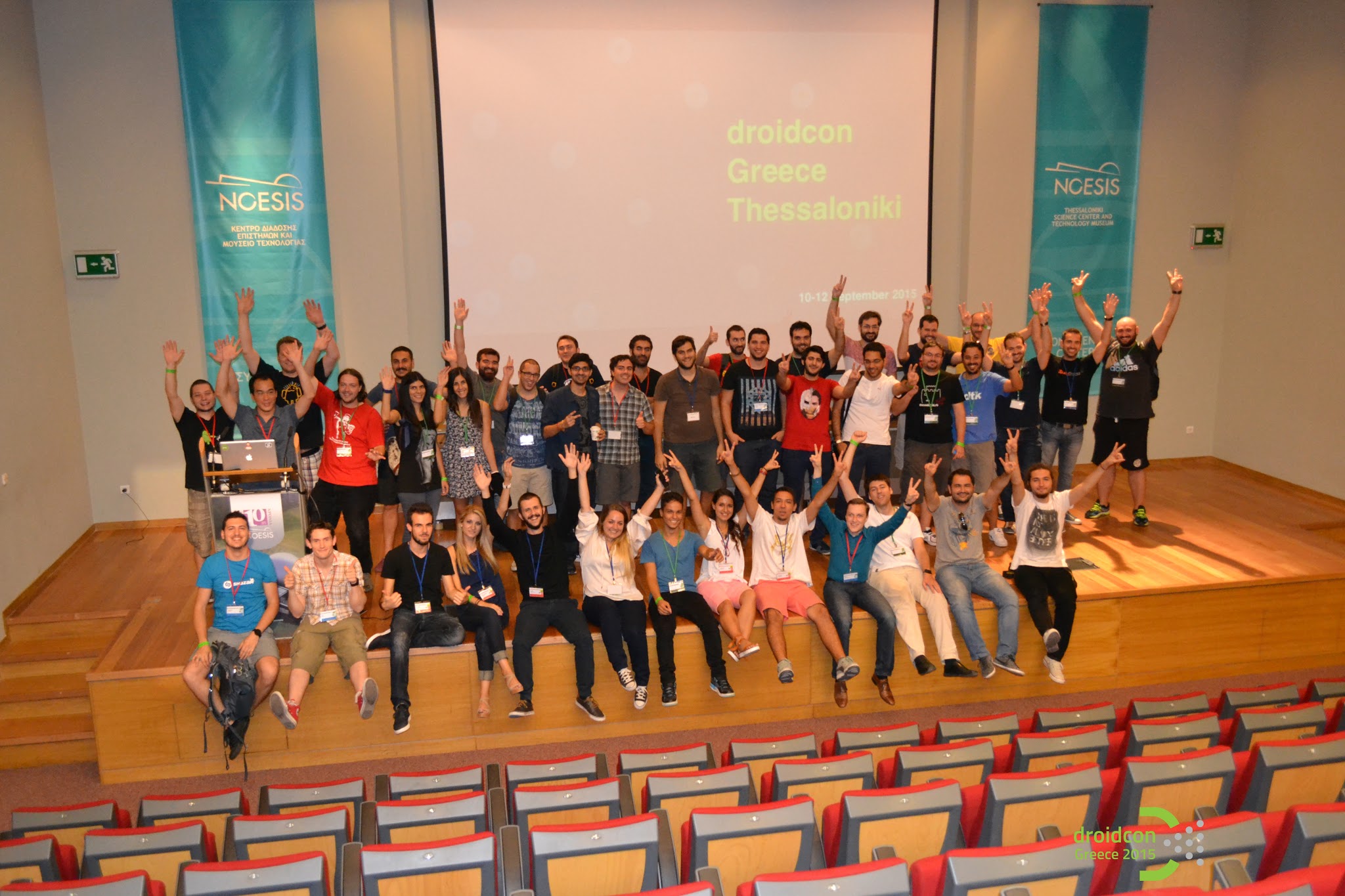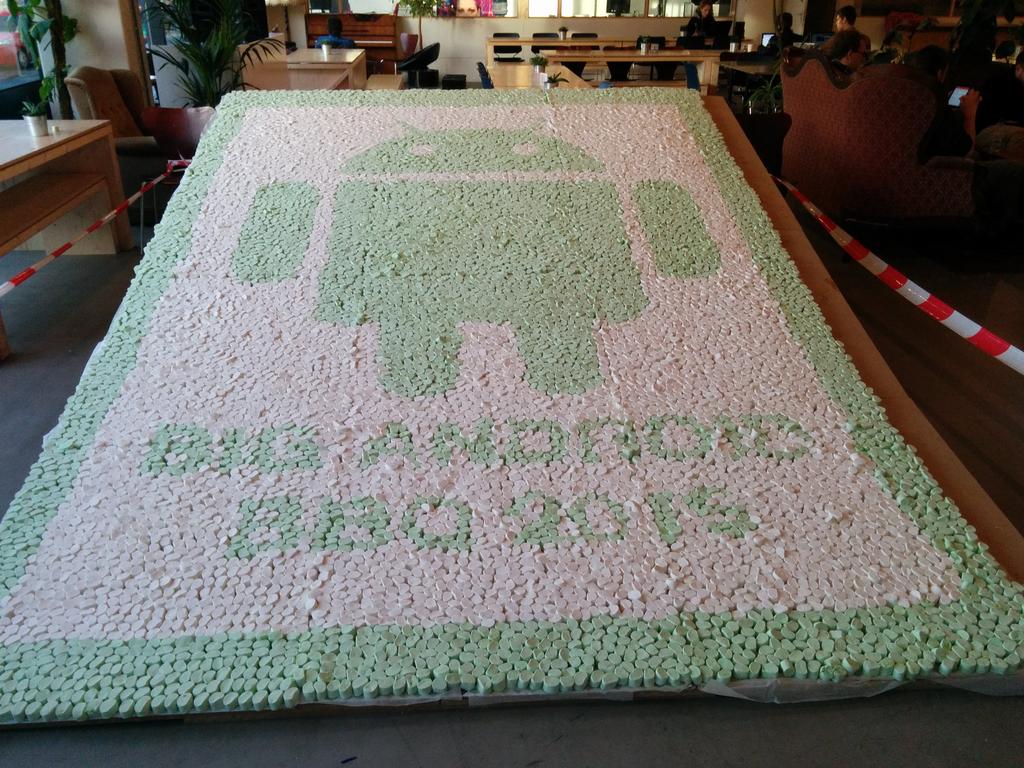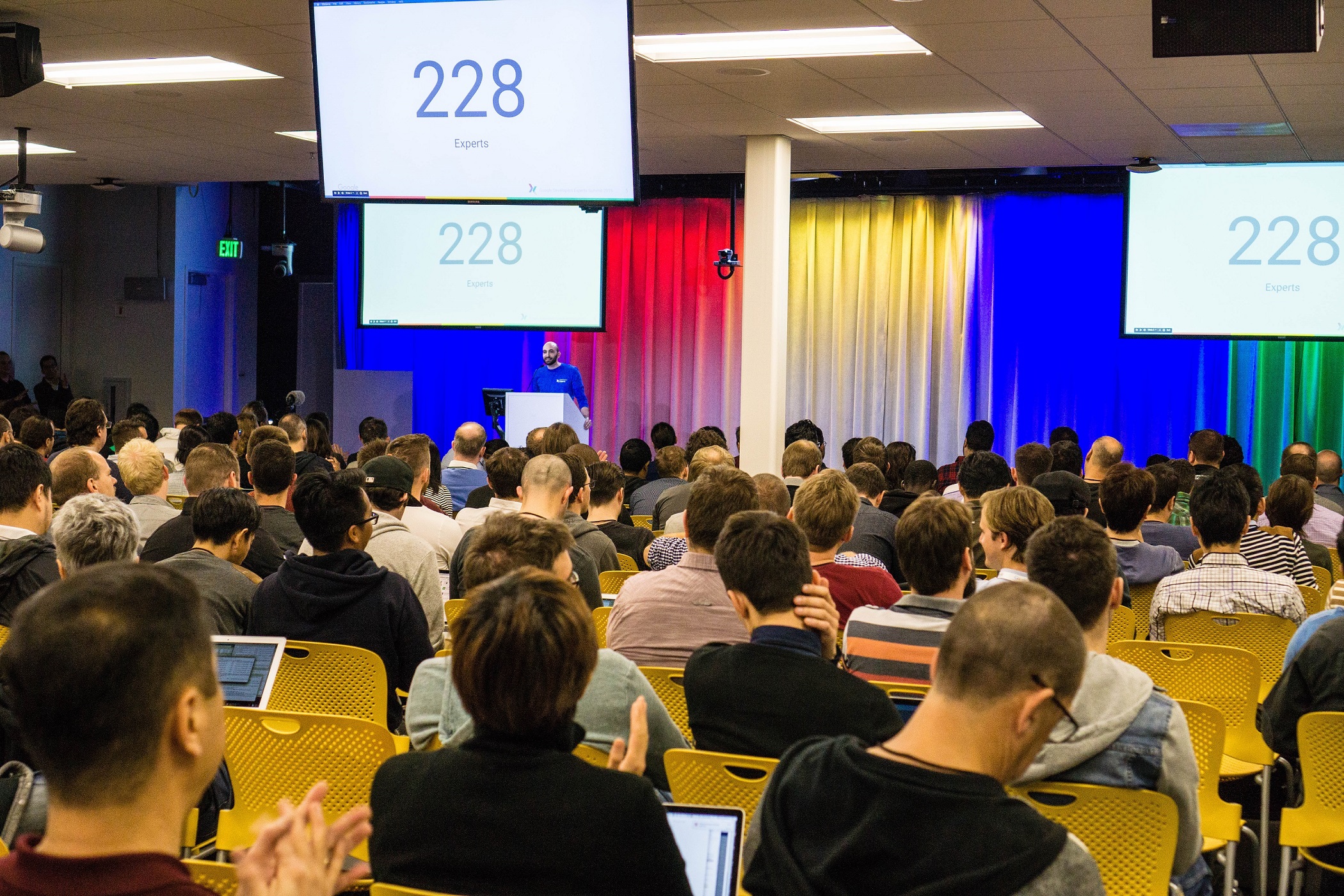Your home and the devices in it will be a viable target for cybercrooks in 2016.
Back in the good ol’ days of the early 2000s until just a few years ago, all we had to be concerned about was security on our desktop computers and laptop. In the intervening years, mobile devices have become so ubiquitous that hackers have turned their sights on them, especially Android devices.
But starting in 2015, everyone began to realize just how close to home cybersecurity really is. Home networks are the new gateway, and 2016 will be the year that vulnerabilities in the Internet of Things (IoT) and wearable devices combined with weak home router security will lead to personal attacks.

Our internet-connected world will be increasingly difficult to secure
The weak link is your home router
“The security situation with home routers is actually pretty bad,” Ondrej Vlcek, COO of Avast told Fast Company. “Most of the companies do a relatively good job of . . . patching the vulnerabilities, but the problem is that no one updates the firmware in the routers. The user doesn’t at all, and usually the ISP doesn’t either.” He added that we saw the most attacks on routers by far in 2015.
“Right now, attackers are targeting routers en masse,” said Pavel Sramek, an Avast Virus Lab research analyst. “It’s highly probable that they’ll expand their target list to network-attached storage and “smart” TVs as well, since the security aspect of these devices has been almost completely neglected by their manufacturers so far.”
“Many of the companies and engineers don’t really think about security,” says Vlcek. Data, for example, is often transmitted without any encryption, making it easy to steal or fiddle with.
Since this is the time of year to look forward, I asked several of our Avast Virus Lab research analysts about what to expect in 2016 for home networks, wearable devices, and all the gadgets that make up the Internet of Things.
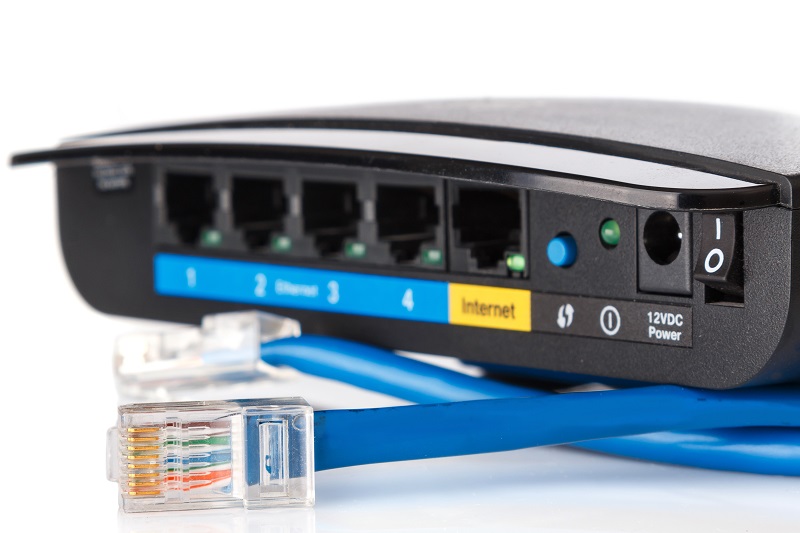
2015 was the biggest year for router attacks
Is it easy for hackers to break into home networks and is there enough motivation at this time to go to the trouble?
As it stands now, home networks are still not the easiest way for cybercrooks to hack into people’s lives, our team of experts agreed. “Not the easiest way, but too easy to be comfortable with,” said Sramek.
“As more and more devices are becoming smarter and connected to the net, through the Internet of Things, cybercrooks will have more chances to get into the personal home network,” said Sramak’s colleague in the Virus Lab, Nikolaos Chrysaidos.
The motivation is already there too.
“For years, (PC) viruses were the ultimate goal for the bad guy. The goal was to get their hands on users’ data, like credit card information, or to create botnet networks to allow them to send out spam or to do DDoS (distributed denial of service) attacks,” said Vlcek. In a similar manner, cybercrooks have already started to turn internet-connected home devices into “zombies to collect data.”
“The amount of attacks will rise rapidly in 2016,” said Sramek. “Turning IoT devices into zombies is half of their plan. The other is hijacking the network connections of users with devices that are difficult to attack otherwise, like iPhones.”
How do regular people make their home gateways smarter and more secure?
“As a bare minimum, people need an automated vulnerability scanner on a PC in their network, like Avast’s Home Network Security, to check for the most common issues leading to cyberattacks,” said Sramek.
Since we’re still in early days, can threats for IoT devices be eliminated before it gets out of control?
Just like with PC and mobile security, home users can prevent many attacks by applying safe practices and using existing solutions like Avast’s Home Network Security to understand what the vulnerabilities are.
Jaromir Horejsi adds that in addition to educating users about badly configured and insecure home IoT devices, we could use “more secure web browsers, because Firefox, Chrome, and IE are so easy to hack.” He predicts that cybercrooks will create DDoS malware to infect various IoT devices with weak passwords and it will take a combination of home user’s knowing what they’re up against along with manufacturers and ISPs taking more responsibility for safety to overcome the looming threat.
Do you expect to see an increase in attacks through wearable devices?
“In 2015, we have seen many vulnerabilities in wearables. Those vulnerabilities could be used by attackers to extract stored data and use them in personalized social engineering attacks,” said Chrysaidos.
“Today we are seeing a big shift toward social engineering attacks which are ingenious and sophisticated,” said Vlcek. Social engineering uses techniques to trick people into installing malware or adjusting settings that they don’t fully understand.
The biggest target for 2016 is mobile
Phones and tablets are the data collection points for most wearables and Internet of Things devices, so they are targeted for the data they store or the data that passes through them. Mobile devices – smartphones and tablets – are where people are now, and the bad guys know this.
“Bad guys today realize that most people are moving their computing to mobile,” said Vlcek. “They are catching up by coming up with new techniques that gets the job done even without malware.”
“Phones store a lot of personal information nowadays that can be monetized in underground forums. As valuable data exist in our devices those can be treats, and targets, for the cybercrooks,” said Chrysaidos.
Visit our blog tomorrow to read about the upcoming mobile threats for 2016.
Follow Avast on Facebook, Twitter, YouTube, and Google+ where we keep you updated on cybersecurity news every day.



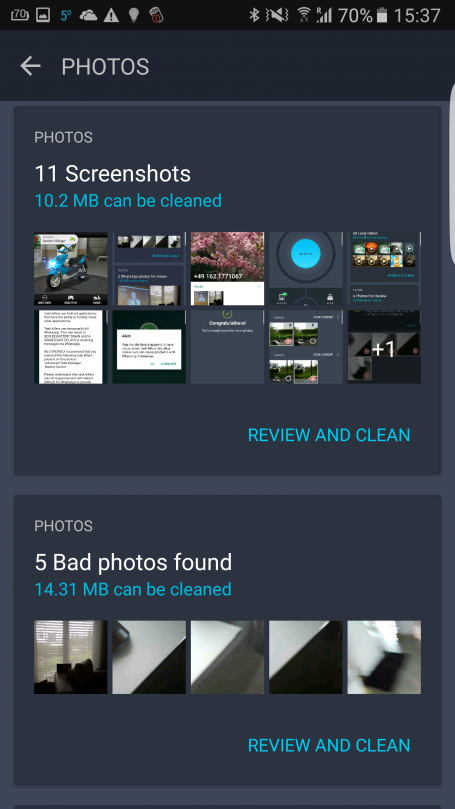
![]()
![]()





